A Person-Centered Approach

And why your workers are worth way more than cattle
How does your organization treat its workers?
Are they cared for as individuals? As humans? Or are they merely one of many in a large herd that is constantly shifted back and forth like cattle through a stockyard?
Believe it or not, many organizations treat their workers this impersonally.
“Recently, we met with an organization curious about working with us. We explained our person-centered approach to flourishing, where we focus first on the individual, more than the system or organization,” said Gretchen Jameson, Chief Learning Officer and Group President for Social Impact at Kacmarcik Enterprises. “They felt that such an approach was too time-consuming when their urgent need was to move a large number of people through a particular training experience. I knew right then; we shared a fundamentally different worldview about what people are worth.”
System-Centered vs. Person-centered
Being system-centered is not necessarily untenable. Jameson said that there are “smart, workable theories” that sometimes happen in this sphere. However, in this example, “It became clear—some organizations, unfortunately, focus on the system at the expense of the people and see person-centered work as too time-consuming because of a priority simply to ‘move’ x-number of people from point A to point B.”
Moo. Feeling that stockyard vibe yet?
“The danger, I would submit, of adopting a system-centric development model, is that you can end up seeing your people as less of a priority than they really are,” Jameson said. “As I listened, I pictured cattle—you know how they move them through the stockyard? At the end of the day, some organizations, often for well-intentioned reasons, are most concerned with their own needs first. That’s not bad—it’s not even bad for business. But it runs the risk of missing the better way: when you start with people, you can actually do both.”
A Different Approach
At the Kacmarcik Center for Human Performance (KCHP), we place an emphasis on the PERSON, with a comprehensive approach that addresses the WHOLE individual and seeks to find the best way to help them achieve their individual potential.
Because your workers are worth so much more than a stockyard scenario allows.
“That approach to system thinking will ultimately fail you because if your people aren’t flourishing your place isn’t flourishing,” Jameson said. “Especially post-pandemic. People are raising their hands and saying ‘life’s too short. I need to work at a place that values me and my humanity.’
“Is that messier? Is it harder? Does it take more time? Yes, yes, and yes.”
The KCHP accomplishes this work through learning that is tailored to the individual, to take them across their gap and reach their goal. And learning is fundamentally different from “training,” which is a phrase so many companies like to bandy about.
“My staff knows that I like to tease, ‘training happens for toddlers and pets,’” Jameson explained. “People learn … Fundamentally we believe that people are worth this level of investment and development. And learning involves so many more dimensions. We believe it is worth our investment, hard work, and effort to put them first—to be person-centered. That’s a strategic choice for us.”
Your Workers are Worth it
While the person-centered approach might be trickier and more time-consuming, rest assured, your employees are worth it. And you’ll like the results you see in the long run.
In a world where less than 13% of workers are passionate about their job, being person-centric matters a LOT. Because research shows that passionate workers will go the extra mile to strive to reach new goals and reach a little further to attain new heights. They are also more resilient.
“There is evidence in the literature and in my own research that when you lean into an individual’s affective commitment—if they feel there is a commitment to their view of the world—productivity goes up. Engagement goes up. Extra effort goes up. Innovation goes up,” Jameson said.
An employee who is affectively committed to their organization generally wants to stay there. They usually identify with the organizational goals, feel they fit in, and are satisfied with the work they do.
What does that mean for your business?
“Guess what happens to your bottom line? The truth is, you actually will make more money. You will perform better. Your business results will be better,” said Jameson, who studied this concept extensively as part of her doctoral research with the University of Southern California. “The research bears this out. These companies do better on their bottom line—consistently, dramatically, repeatedly—than companies who don’t do these things.”
Increasingly, organizations are realizing that their employees are their most valuable assets and that a culture that focuses on meeting the needs of their employees will ensure a long life for their organization as it heads into the future.
In addition, it helps to ask yourself, “What ‘human’ needs do my employees have, and what am I doing to meet them?”
Leaders who dare to address this question in a thoughtful way will switch from viewing “human resources” as inanimate, and instead appreciate their workers as “contributors who have desires, ideals, and ambition.” This will “transform the way leaders and employees engage with each other.”
Resilience and innovation are also a byproduct of this person-centered philosophy.
“When people feel there is affective commitment, their level of change readiness is proven to be higher,” Jameson said. “When your people prove to be more change-ready, you outperform your competitor. Your people are working harder and innovating more rapidly.
“When people feel cared about there’s evidence that shows they are more innovative. And that’s a competitive advantage.”
CLICK HERE for more information on how the Kacmarcik Center for Human Performance can help you achieve a person-centered approach that prioritizes the needs of your workers and boosts your team’s performance.
